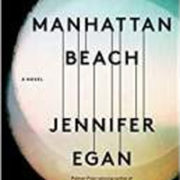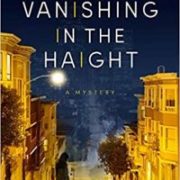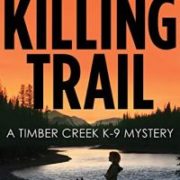“I Humbly Beg Your Speedy Answer” Letters on Love & Marriage from the World’s First Personal Advice Column by Mary Beth Norton
My friend and co-worker Linda liked to review non-fiction books. She said she didn’t worry about giving too much away. She was also a daily reader of Dear Abby and loved to talk about the columns that outraged her. Mary Beth Norton’s new book, “I Humbly Beg Your Speedy Answer” Letters on Love & Marriage from the World’s First Personal Advice Column would have been the book for her.
In late 17th century England coffeehouses had become a popular venue where men met and discussed weighty and not so weighty topics. John Dutton pictured a publication to spur more discussion. He would solicit questions which he and his board (2 brothers-in-law) would answer. Dutton was a book seller, one brother-in-law a math tutor and the other a clergyman. These questions and answers were published as The Athenian Mercury, a broadsheet (single page front and back) that sold for a penny apiece.
The publication was a huge success. Dutton would accumulate twenty issues then bind them into a volume. The questions covered a wide variety of subjects and unexpectedly included a lot of queries on personal relationships. Plus, the questions came not just from men but women also. What resulted was the world’s first advice column.
Norton has gone through the volumes and culled out some of those questions on personal relationships to give a glimpse into seventeenth century English views on love and marriage. The book is divided into 6 chapters that cover the beginning of relationships to sometimes the end.
Courtship titled Kissing is a Luscious Diet answers questions such as how does a man know when a lady loves him, is absence or presence best for love, and where should a woman go to get a good husband (where there are less women, book a passage to the colonies). And the question for the answer kissing is a luscious diet? Is interrupting discourse by repeated kisses rude and unmannerly ….?
Chapter 2 is Choosing a Spouse. Questions include: are most matches made for money, should you marry a crabby religious woman or a non-religious woman with a good disposition and one of my favorites, which of the two women he loves should he marry? The answer, if all things are equal? Marry the shorter one, her dresses will require less material and be cheaper.
Next is the Parental Consent chapter which highlights how much control parents and family had over offspring. The most disturbing for me was the query from a teen whose mother had forced her to marry her beau’s 10-year-old son when she was 14.
Next Norton explores Vows and Promises. With marriage law not firmly established, how binding are vows and promises. According to the three men on the board vows and promises are very binding. Many of the questions concerned someone making those promises to more than one person.
After courting, choosing and promising we move onto Matrimony. Questions in this chapter are varied and include abandonment, infidelity, bigamy and sex. One question concerned a husband whose wife was sick and the doctor advised him to take a trip to avoid all possibility that she would become pregnant. Their advice was to see the next question. That question – was excessive tobacco use the cause of a couple unable to conceive. The board’s advice was for the first husband to use tobacco excessively. If his wife did not become pregnant then the second husband should stop using tobacco.
The final chapter is Dangerous Liaisons. It covers sex outside of marriage, same sex liaisons, infidelity and in a couple of cases rape and incest. In most of the answers they advise asking for repentance, and invariably favor the male in their answers. They do give kindly counsel to a young woman who asks if she could have become pregnant from a carnal dream and if so, can she end the resulting pregnancy before her father finds out.
Many of the issues raised in the questions in this book people are still seeking answers to today. It is enlightening to see how different the answers were 300 years earlier.
Review written by: Patty Crane, Reference Librarian











